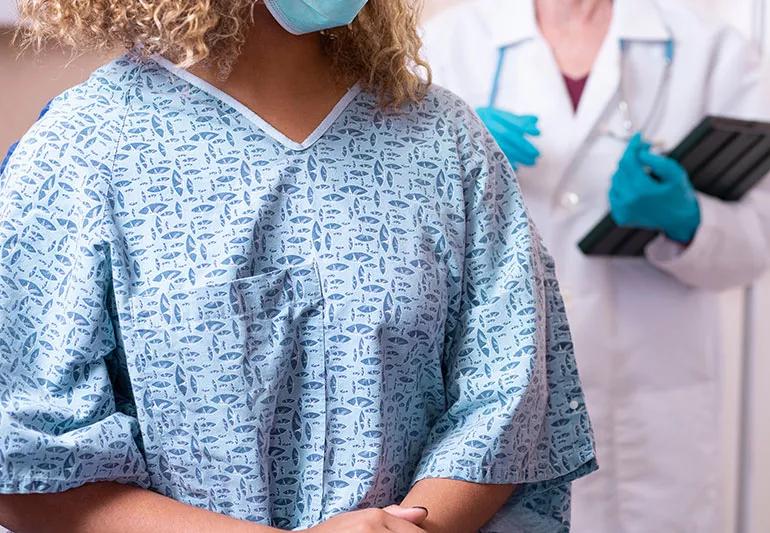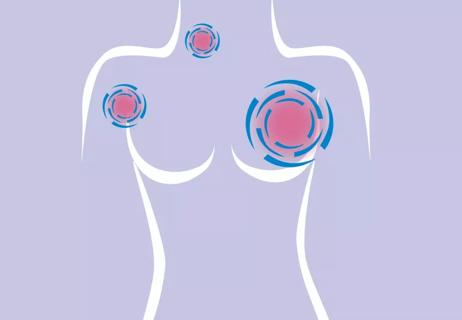The short answer from a radiologist

A: Yes and yes, with some exceptions. Three-dimensional (3D) mammograms can be used for routine screening mammography. They are gaining popularity and are widely covered by most insurance providers, including Medicare and Medicaid.
Advertisement
Cleveland Clinic is a non-profit academic medical center. Advertising on our site helps support our mission. We do not endorse non-Cleveland Clinic products or services. Policy
Many research studies show that 3D mammography — technically called digital breast tomosynthesis — offers better results than conventional 2D mammography. It may be particularly effective for women with dense breast tissue or who are at high risk for breast cancer.
3D mammograms can better pick up invasive cancers and avoid the false alarms common with 2D mammography, particularly when breast tissue is dense.
Both 2D and 3D mammograms use X-rays to create detailed images of your breast, in order to detect masses or other abnormalities.
But in 3D mammography, an X-ray tube moves in an arc around each breast, capturing multiple imaging “slices” at different angles. These images are sent to a computer and reconstructed, to create a 3D model of your breast tissue in 1-millimeter slices that the radiologist reviews.
For women, the comfort level for 3D mammograms is similar to that of 2D mammograms. After positioning your breast tissue, a technician gently compresses it between a plate and a comfort paddle. The gradual, even compression creates a sense of pressure.
The radiation dose for a 3D mammogram (breast tomosynthesis) is slightly higher than the dose used for standard mammography but falls within U.S. Food and Drug Administration (FDA)-approved safety levels for mammography radiation. (Some 3D systems use doses similar to conventional mammography.)
Advertisement
Anyone who’s who is interested in having 3D mammography should check with their healthcare provider to see if it makes sense for them ― as well as their insurer, to confirm that it’s covered in their state. Some states mandate that insurers cover 3D mammograms, while others may not.
— Diagnostic radiology specialist Laura Dean, MD.
Advertisement
Learn more about our editorial process.
Advertisement

The answer is yes — but there are things you can do to help boost your energy

Physical activity and weight management can minimize your chances of getting the disease

Research consistently shows that soy-based foods do not increase cancer risk

Lumps may move and you may feel pain, but breast discharge typically isn’t a sign of cancer

Being informed can help you feel more confident about your care decisions

Metastatic breast cancer can spread anywhere in your body

Opt for fruits and vegetables, whole grains and lean protein to stay healthy

Type 2 diabetes isn’t inevitable with these dietary changes

Applying a hot or cold compress can help with pain